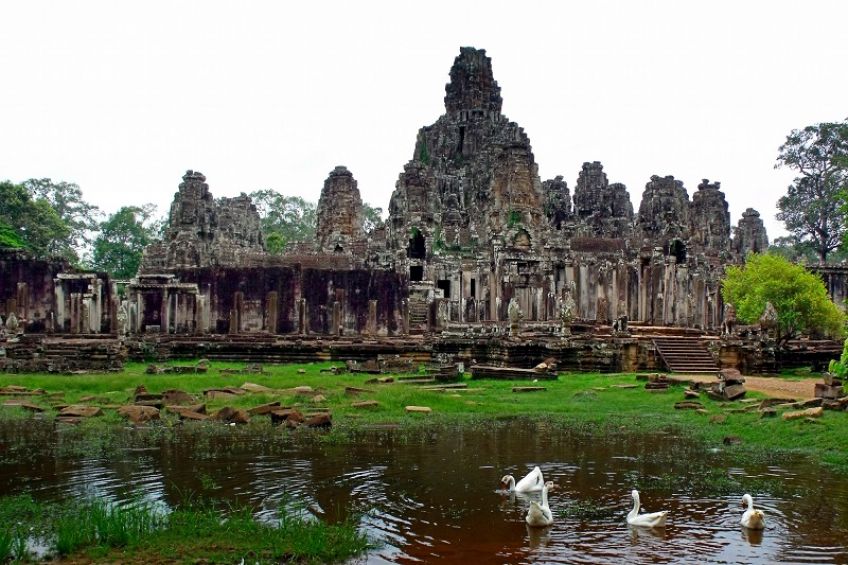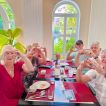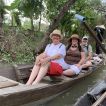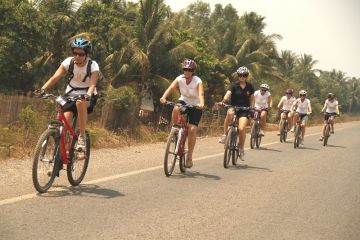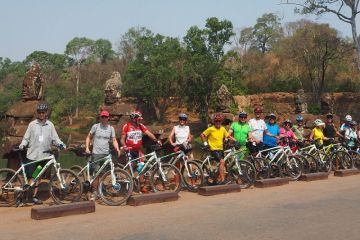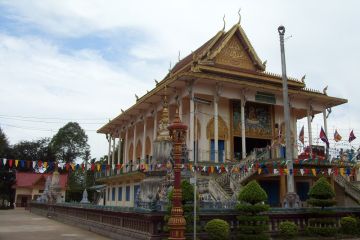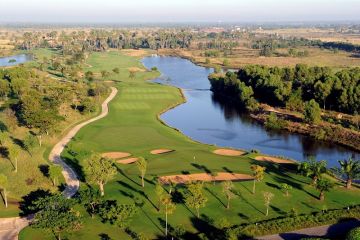- Home
- Destinations
- Destinations
- Vietnam Tours
- Laos Tours
- Cambodia Tours
- Thailand Tours
- Myanmar Tours
- Multi Country Tours
- Multi Country Tours
- All Multi Country Tours
- Multi Country
- Travel Style
- Hotels
- Cruises
- Mice
- Visa
- Visa
- Travel Visa
- Blog
- About us
- About us
- About us
- WHY TRAVEL WITH US
- OUR TEAM
Siem Reap Highlights 5 Days 0 reviews
Duration: 5 days / 4 nights | Departure Point: Siem Reap, Cambodia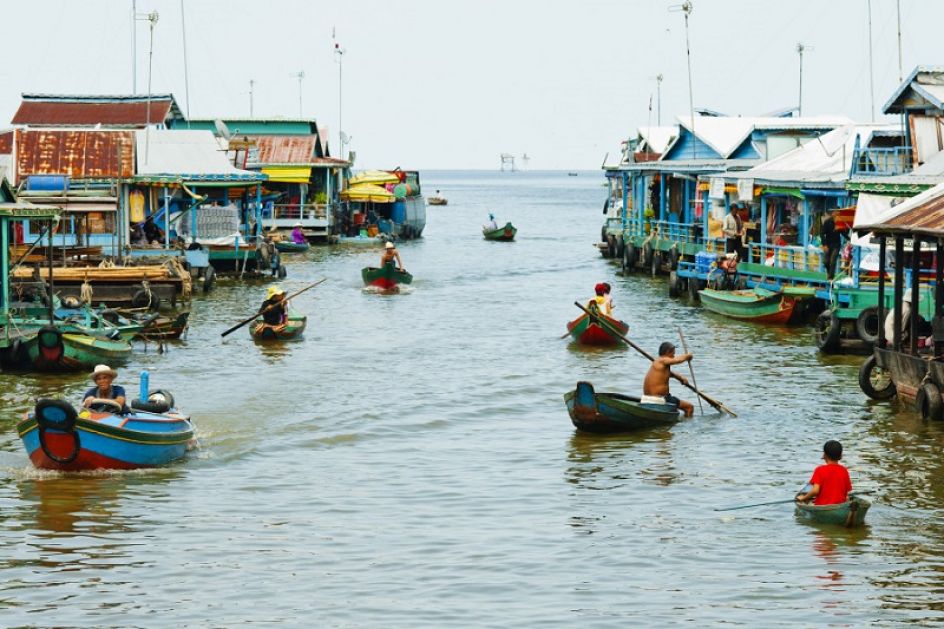
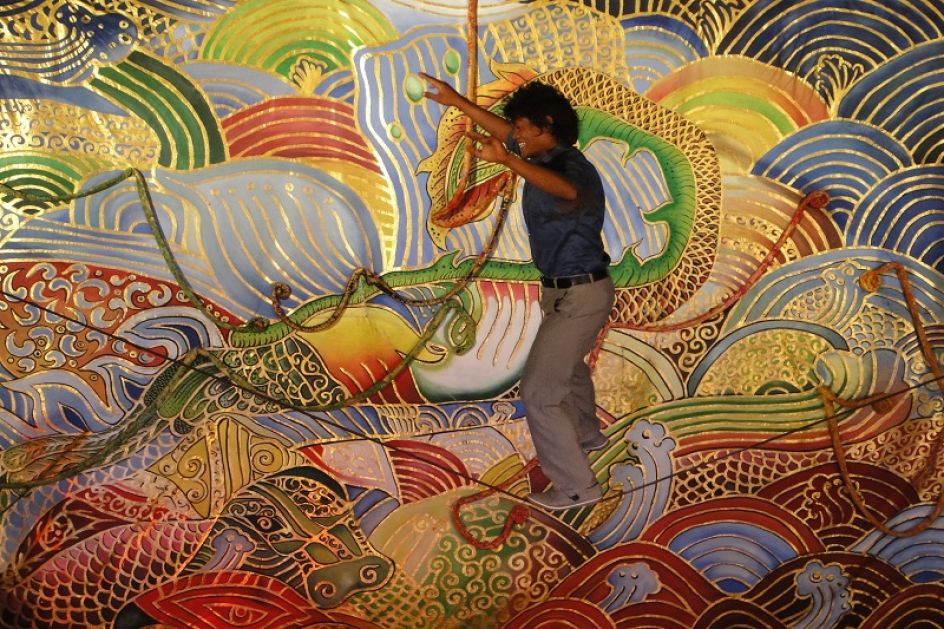
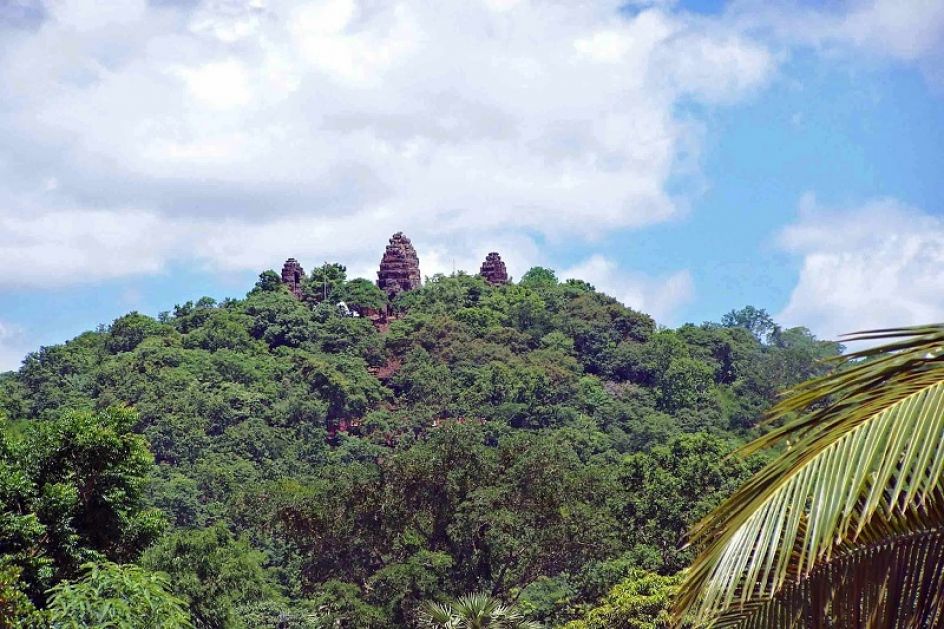
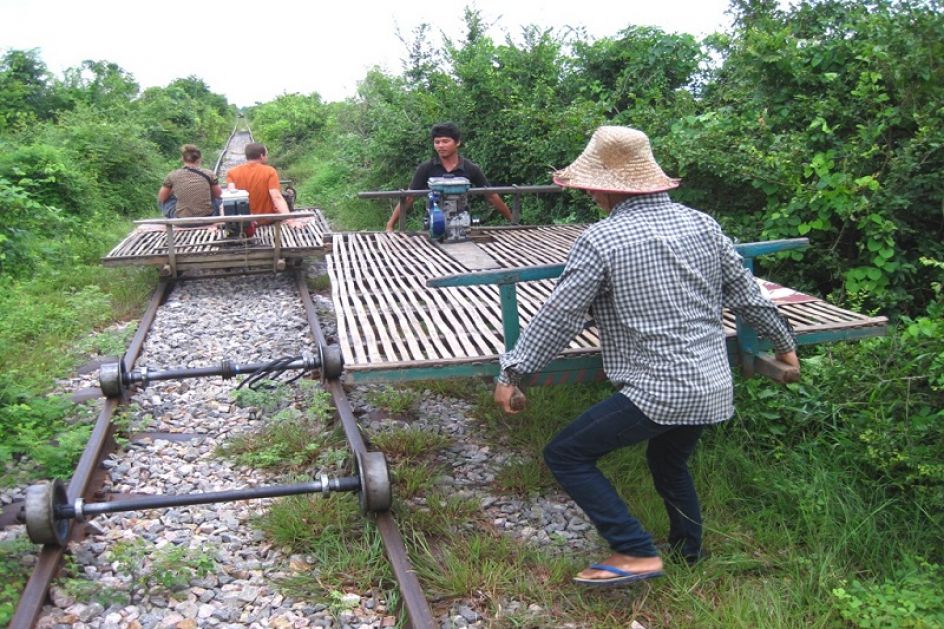

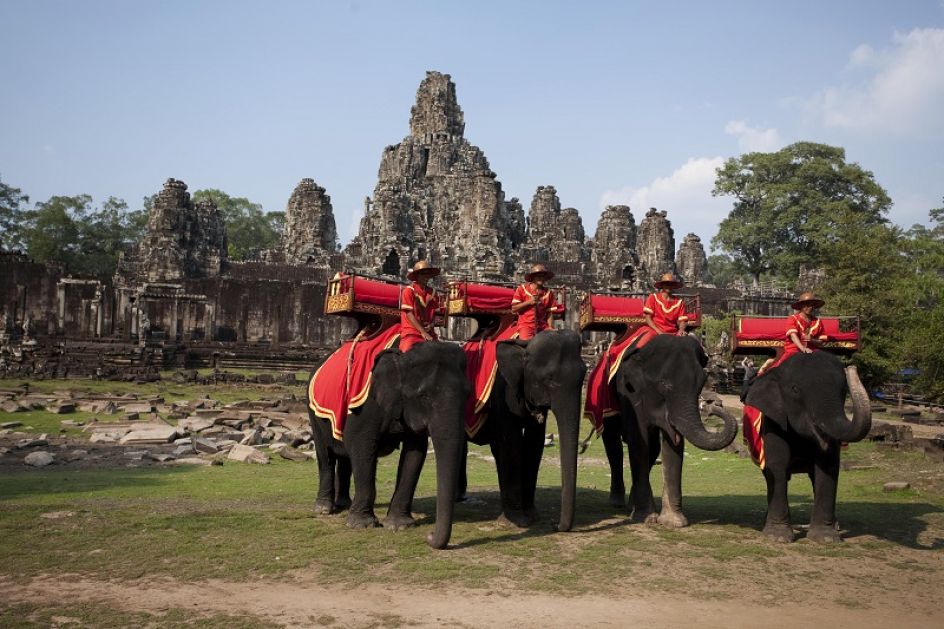
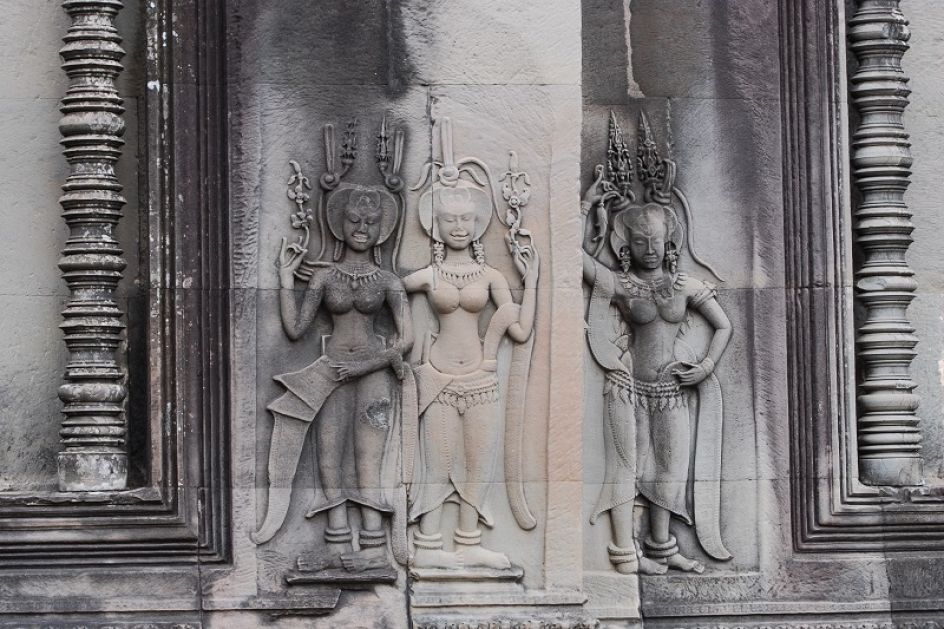
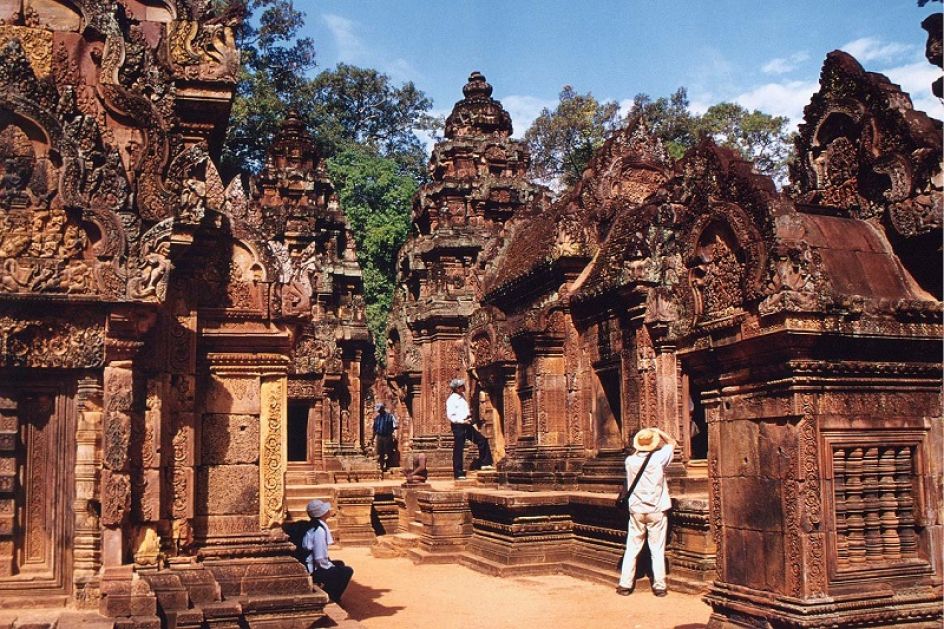
Siem Reap Highlights 5 Days
- Code:
- 5 days / 4 nights
-
Trip overview
Angkor Thom was the last and most enduring capital city of the Khmer empire. It was established in the late twelfth century by king Jayavarman VII. It covers an area of 9 km², within which are located several monuments from earlier eras as well as those established by Jayavarman and his successors. At the centre of the city is Jayavarman's state temple, the Bayon, with the other major sites clustered around the Victory Square immediately to the north
Angkor Wat is the most perfect of the Angkor temples. Built in monumental proportions on three levels, its symmetrical five tower layout symbolizes the peaks of Mount Meru and were designed to be a microcosm of the hindu universe. There is not only the grandeur, for every spot in the temple is ornemented with sculptures and bas-reliefs of wonderful detail. Monks from adjacent pagodas still conduct ceremonies in the site and tend to it, contributing to its excellent preservation, the best of any Angkor temples. Angkor is a UNESCO World Heritage site
Trip overview
Angkor Thom was the last and most enduring capital city of the Khmer empire. It was established in the late twelfth century by king Jayavarman VII. It covers an area of 9 km², within which are located several monuments from earlier eras as well as those established by Jayavarman and his successors. At the centre of the city is Jayavarman's state temple, the Bayon, with the other major sites clustered around the Victory Square immediately to the north
Angkor Wat is the most perfect of the Angkor temples. Built in monumental proportions on three levels, its symmetrical five tower layout symbolizes the peaks of Mount Meru and were designed to be a microcosm of the hindu universe. There is not only the grandeur, for every spot in the temple is ornemented with sculptures and bas-reliefs of wonderful detail. Monks from adjacent pagodas still conduct ceremonies in the site and tend to it, contributing to its excellent preservation, the best of any Angkor temples. Angkor is a UNESCO World Heritage site
Trip Inclusion
- Carefully selected accommodation with breakfast
- Meals as mentioned (B= Breakfast, L= Lunch, D= Dinner)
- Expert English or French speaking guide (for other languages supplements apply)
- Tours as mentioned and air-conditioned transfers
- Single entry sightseeing and permit fees during guided times
- Boat cruises, train ticket and rides while on tour if any
- Service charges and government VAT tax
Trip Inclusion
- Carefully selected accommodation with breakfast
- Meals as mentioned (B= Breakfast, L= Lunch, D= Dinner)
- Expert English or French speaking guide (for other languages supplements apply)
- Tours as mentioned and air-conditioned transfers
- Single entry sightseeing and permit fees during guided times
- Boat cruises, train ticket and rides while on tour if any
- Service charges and government VAT tax
Trip Exclusions
- Other meals that not mentioned
- Other services not mentioned
- International and domestic Flights
- Laundry, telephone calls and expenditure of a personal nature
- Tips, Travel insurance
- Visa arrangement & Visa stamp at international gate
- Drink & Beverage in meals
Trip Exclusions
- Other meals that not mentioned
- Other services not mentioned
- International and domestic Flights
- Laundry, telephone calls and expenditure of a personal nature
- Tips, Travel insurance
- Visa arrangement & Visa stamp at international gate
- Drink & Beverage in meals
Advisory
We pride our TOUR MAP selves in creating personalized travel experiences that suit all your preferences and needs.With this tour you can
- Choose your own departure date
- Select the comfort level of accommodation
- Adjust activities to cater to special interests
- Modify any aspect of the tour as needed
Advisory
We pride our TOUR MAP selves in creating personalized travel experiences that suit all your preferences and needs.With this tour you can
- Choose your own departure date
- Select the comfort level of accommodation
- Adjust activities to cater to special interests
- Modify any aspect of the tour as needed
Tour itinerary
You will be met at airport by professional tour guide and transferred to the hotel.
City tour and visit local market.
Overnight in Siem Reap
Morning, visit south gate of Angkor Thom with two rows of its huge statues of demons and gods depicting the churning of the ocean of milk arranged on both sides of stone bridge and Bayon temple. Then, visit terrace of elephant, which used to be a base for the king’s grand audience hall; Terrace of Leper king supposed that it was a terrace housed the royal crematory.
Afternoon, visit an amazing view of Ta prohm Temple which has been deliberately left as it was discovered. Kapok trees clasp the sanctuaries in their mighty roots. Then visit Angkor wat, the most balanced, the most harmonious, and the most perfect Khmer temple. It shows Khmer art, which reached the height of it glory in the 12th century. The temple was built by king Suryavrman II and dedicated to god Vishnu.
Climb Bakheng hill to have bird’s-eye view of sunset, Angkor Wat and western Baray.
Buffet-Dinner with APSARA dance show at Local restaurant.
Overnight in Siem Reap
Tour continuing with a visit prasat Kravan, a brick temple built in 10th century, Srah Srang (royal bath), Banteay Kdei, and a Buddhist monastic complex built in 12th century. Then visit an amazing view of Ta prohm Temple which has been deliberately left as it was discovered. In Ta Prohm kapok trees clasp the sanctuaries in their mighty roots; and Ta Keo - an unfinished state temple for unknown reason. Ta Keo temple was built in early 11th century by King Jayavarman V and dedicated to god Shiva.
Afternoon, visit Pre Rup temple, a classic example of temple-mountain, and the last without continuous galleries; Eastern Mebon, Ta som, Neak Pean, a unique ancient hospital built in the reign of king Jayavarman VI (1181-1220) which has been seen as a representation of Anavatapta, a miraculous lake in Himalayas that cures all illnesses; and Preah Khan, a large temple built on the site of battle that ended in Ankor’s downfall at the land of the Cham. Preah Khan was also really a kind of university, housing a number of masters and students.
Overnight in Siem Reap
Visit Kbal Spean, about 50 km northeast of Siem Reap. Walking up the Kbal Spean hill about 1800 m along a passage through the jungle you will get a river and see many lingas elaborately caved on the riverbed. So the river is also known as a “River of a Thousand Lingas”. Following the river down, there are some carvings of Vishnu and Shiva with his wife Uma and five-meter high Waterfall.
On the way back from Kbal Spean, visit Banteay Srei temple, a tiny temple complex consider by many visitors to be the highest achievement in art and architecture of the Classic Angkor civilization. The glory of Banteay Srei is the beauty of its sculpture and decoration. The pink sandstone used in its buildings makes this temple more beautiful.
Overnight in Siem Reap
Today will make an adventure trip on the floating village to Kampong Pluk where you can see the flooded forest alongside an other –worldly village built on stilts. Kampong pluk village itself most of the houses are built on stilts of about 6m or 7m high. Kampong Phluk is a cluster of three villages of stilted houses built within the floodplain of the Tonle Sap about 16 km southeast of Siem Reap. The villages are primarily Khmer and have about 3000 inhabitants between them. Flooded mangrove forest surrounds the area and is home to a variety of wildlife including crab-eating macaques. During the dry season when the lake is low, the buildings in the villages seem to soar atop their 6-meter stilts exposed by the lack of water. At this time of year many of the villagers move out onto the lake and build temporary stilted houses. In the wet season when water level rises again, the villagers move back to their permanent houses on the floodplain, the stilts now hidden under the water. Kampong Phluk's economy is, as one might expect, based in fishing, primary in shrimp harvesting. After Lunch at local house in Kampong Pluk we will return to Siem Reap town.Transfer to Siem Reap airport for your departure flight. End of services.
Write Your review
Find vacation
Why with with us?
There are at least 4 reasons why you should book LvTravel and tour on our website.
- Partnership
- Tailor-Made Services
- Professional Team & Local Expertise
- Sustainable & Responsible Travel
What Our Guests Say
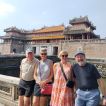
.png)
What Our Guests Say

.png)
Why with with us?
There are at least 4 reasons why you should book LvTravel and tour on our website.
- Partnership
- Tailor-Made Services
- Professional Team & Local Expertise
- Sustainable & Responsible Travel
Trip code:
0 reviews
Trip code:
0 reviews
Trip code:
0 reviews
Trip code:
0 reviews









